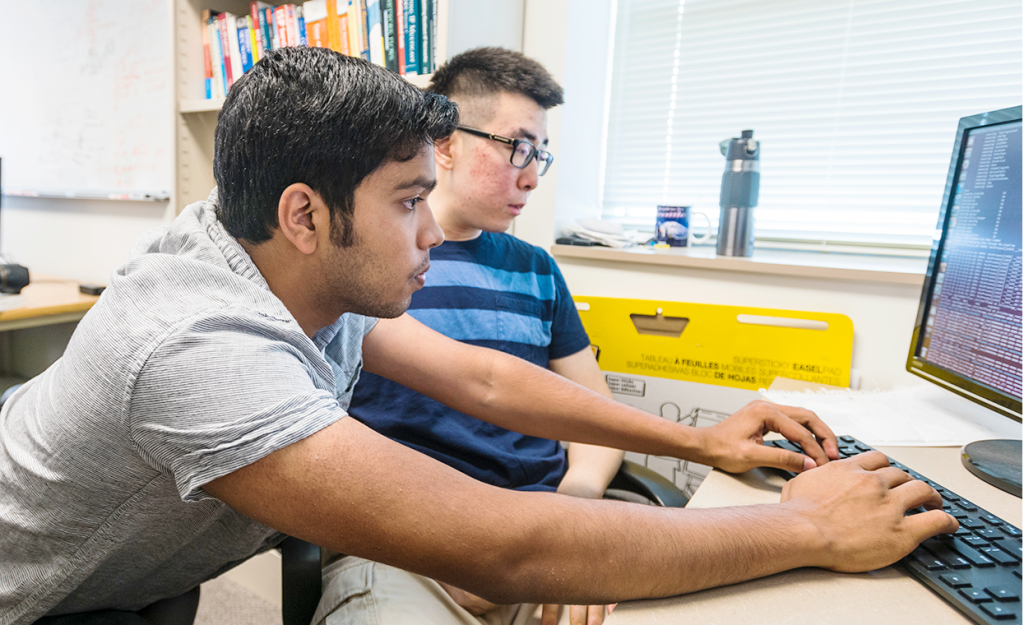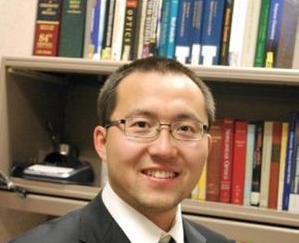XERION ADVANCED BATTERY

When Professor Paul Braun’s research group first began exploring the 3D structuring of materials, they didn’t realize they were on a path to discover a structure that would excite most Americans.
What began in 2004 as research on nanostructured electrode architecture for optical fiber applications took a turn toward advanced battery technology five years later when lead researcher Huigang Zhang began detecting new possibilities.
Applied to batteries, the new technology allows both a faster discharge and recharge without sacrificing energy storage. In addition, safety is improved while overall battery costs are decreased. The combined benefits are sought after, not just by a range of industries but also by everyone with a smartphone or a hybrid vehicle.
While developing the innovative technology is an impressive feat, manufacturing it for commercial use is a challenge all on its own. That’s where John Busbee came into the picture, just as Xerion Advanced Battery Corp was moving into office spaces at EnterpriseWorks in 2011. Busbee, who earned a Ph.D. in Materials Science from University of Illinois at Urbana-Champaign, was serving as Program Manager of Nanotechnology in the Materials Directorate of the Air Force Research Laboratory when Braun invited him to head the startup.
“I’ve been involved in nanotechnology since it started getting popular, and I’ve always been passionate about practical processing methods to make it more manufacturable for everyday uses,” Busbee said. “That’s what drives me – that we can help everyday Americans in their everyday lives. That’s the reason we do this.”
Braun said Busbee’s willingness to move back to Champaign to help with his startup has been key to its success.
“It’s extremely challenging as a faculty, on your own, to bring technologies to the marketplace,” Braun said. “The right people, like John, with the right knowledge and energy are so critical, and they’re not going to go somewhere that doesn’t have strong culture of entrepreneurship and support like EnterpriseWorks offers.”
“EnterpriseWorks is like a one-stop shop for people utilizing University technologies,” Busbee said. “It’s really made it easier to identify potential customers, and it’s given us access to really high-quality student interns who have been an integral part of our operation. Being here also gives us access and a lot of interaction with people at the Research Park and graduates of the [EnterpriseWorks] incubator, both in terms of benefiting from lessons-learned type of mentorship and in terms of finding collaborators.”
Busbee also mentioned EnterpriseWorks‘ availability of lab space and equipment, like microscopes, with preferential pricing.
Three years into the startup, Xerion has 14 employees, including 7 with Ph.D.’s and 4 or 5 student interns in math, science, and engineering. Busbee says they’re just going to keep growing and hiring as they begin moving into the manufacturing phase.
“The kind of crew you need to do something like this doesn’t happen overnight,” Braun said. “It takes institutional commitment and a sense of the long view, built on a centerpiece of strong, basic science and technology. We have all of that at the U of I now.”
News and Milestones:
Xerion Advanced Battery Featured in Chemical and Engineering News Magazine
Hailong Ning, Director of Research and Development at Xerion Advanced Battery Corp., was featured on the Wired In column of The News-Gazette. … Continue reading



